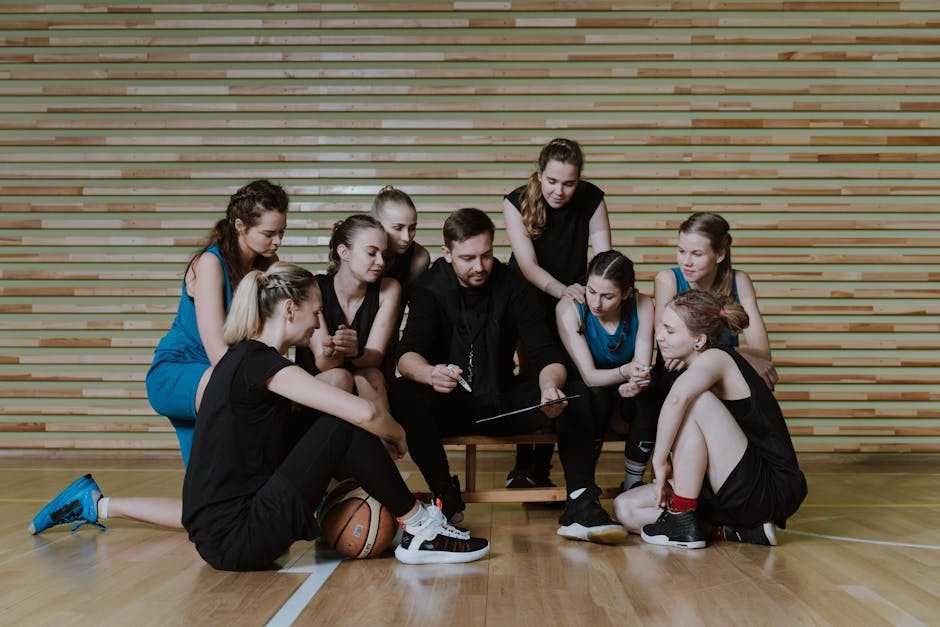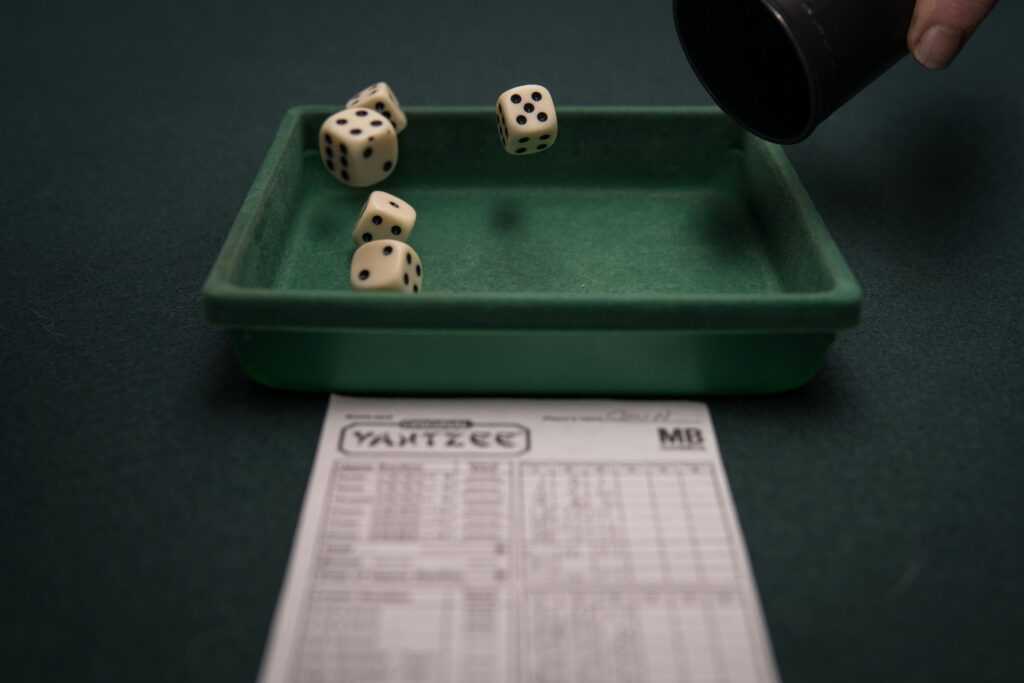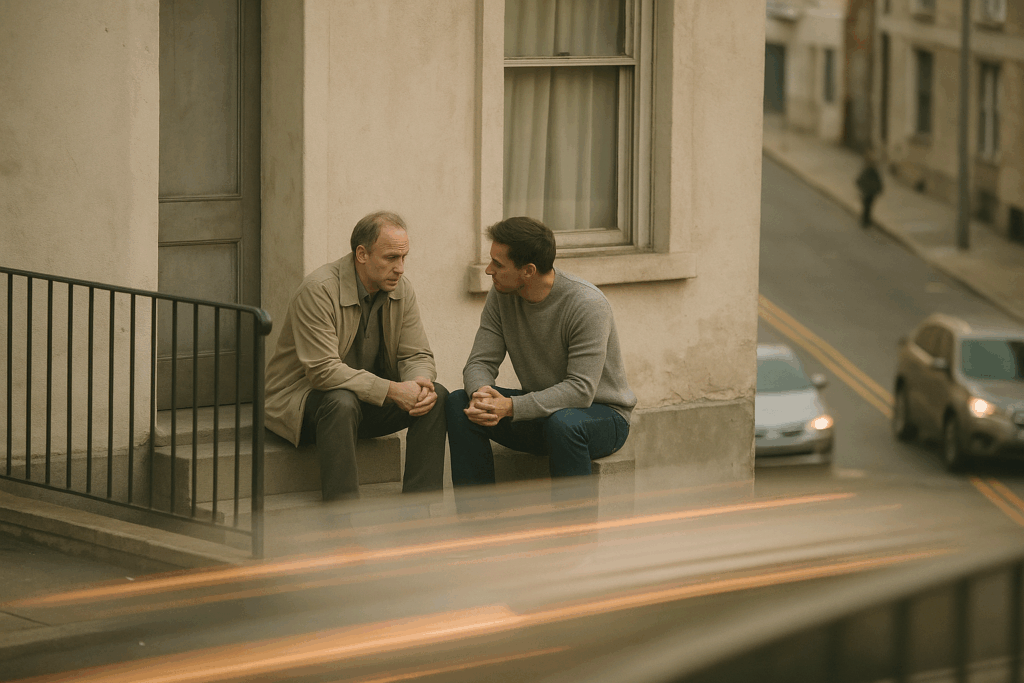Why Gamers Need a Fitness Plan
Let’s not sugarcoat it—grinding out long gaming sessions comes at a cost. Hours on end in the same chair, barely moving, mind fully locked in, might win you matches, but it’s taking a toll on your body and brain. Back pain, stiff shoulders, lousy circulation, and disrupted sleep are the usual suspects. It’s not just about posture—it’s about longevity.
Sitting that much slows blood flow, tightens muscles, and messes with spine alignment. Add in late-night screens and erratic sleep, and you’ve got the perfect recipe for fatigue, low energy, and sluggish reflexes. That’s not just uncomfortable—it kills your edge.
This is where exercise steps in. You don’t need a six-pack. You need just enough movement to keep your joints happy, improve cognition, and sharpen reaction time. Lifting your K/D? Sure. But also lifting your mood, stamina, and ability to focus when it really matters. Gaming puts stress on the body in its own way—fit gamers handle it better. Simple as that.
Step 1: Set Realistic Fitness Goals
If you’re glued to a chair for hours at a time, setting fitness goals isn’t about chasing six-pack abs—it’s about staying functional. Start with what actually makes life better for you: less back pain, more energy during late-night raids, better posture on stream. Choose simple, relevant goals that plug into your gaming lifestyle rather than flip it upside down.
Once you’ve got your macro goals—maybe that’s boosting stamina or easing wrist strain—go smaller. Break them into weekly, bite-sized tasks: 10-minute core workouts three times a week, daily shoulder stretches, a walk after every long session. These micro goals are how progress sticks.
And track it. You don’t need a fancy app. A notebook, a spreadsheet, or a checklist on your phone will do the trick. Mark off workouts, jot down energy levels, note how you slept after stretching. Simple metrics, honest feedback. That’s how you level up in real life.
Step 2: Build a Gamer-Friendly Workout Routine
You don’t need a full-blown gym setup or hour-long sessions to stay sharp. The key is consistency and smart targeting. Create short, efficient workouts—15 to 30 minutes—that slot in between gaming sessions. Think of them as cooldowns or warmups for your in-game performance.
Focus on areas that take a beating from long hours at the desk: core (to support posture), shoulders and wrists (to fight stiffness), and legs (to combat circulation issues). The goal isn’t to max out your lifts—it’s to stay mobile, pain-free, and alert.
Here’s a no-fluff weekly sample:
- Monday: Resistance — bodyweight squats, planks, push-ups
- Tuesday: Mobility — shoulder rolls, wrist circles, hamstring stretches
- Wednesday: Resistance — lunges, bird dogs, wall sits
- Thursday: Mobility — yoga flow or 20-minute stretch routine
- Friday: Resistance — resistance bands, dead bugs, reverse lunges
Stick to compound moves. Use what you’ve got—bands, mats, even a sturdy chair. It’s about movement, not perfection. Just get up, get it done, and get back in the game a little stronger.
Step 3: Boost Movement Without Breaking Gameplay Flow
You don’t need to choose between gaming full tilt and staying physically dead inside. It’s about movement that fits into your rhythm—not breaks it. Standing desks give you the option to ditch the chair without ditching the game. Add a tension band under the desk, and you’ve got resistance training while you queue up your next raid or download a patch.
Chair stretches? Underrated. Shoulder rolls, seated twists, ankle pumps—just enough to keep joints from freezing up. Most take less than 30 seconds and can be done one-handed. If your cooldown timer’s spinning, so should your neck.
Micro-movement hacks are the secret weapon: bodyweight squats between rounds, wrist circles during cinematics, calf raises while your team picks loadouts. Small stuff adds up faster than you think.
Gear-wise, keep it simple. A compact pedal bike fits under the desk. A decent foam roller tucks into the corner and saves your spine. Resistance bands pack light, hit hard. None of this pulls you out of the gaming zone—it just keeps your blood circulating while you’re locked in. Stay sharp, stay mobile.
Step 4: Don’t Ignore Nutrition & Sleep
Gaming for hours demands more than skill and reflexes. Your body runs the show behind the scenes, and if it’s not fueled right, your gameplay suffers. First off, keep meals simple—think whole foods, not processed junk. Pair lean protein (like eggs or chicken) with slow carbs (like oatmeal or brown rice) and healthy fats (avocado or nuts). This combo gives steady energy instead of sugar crashes. Avoid heavy meals mid-session. You don’t need a food coma during a ranked match.
Water is your silent teammate. Mild dehydration—even just 1–2%—can fog up memory and focus. Keep a bottle at your desk. Drink regularly, not just when you’re thirsty. Skip the energy drinks overload; caffeine without hydration just wires you into a slump.
Late nights are part of the grind, but poor sleep hygiene catches up fast. Blue light blocks melatonin, so cut screen time 30–60 minutes before bed or use warm-tone filters. Stick to a wind-down routine—even 10 minutes of stretching or reading helps signal your brain it’s time to power down. Sleep isn’t weakness—it’s recovery. Miss enough of it, and even the best strats won’t save your reaction time.
Step 5: Monitor Mental Health and Stress
Let’s get blunt—your body affects your brain, and your brain affects your gameplay. When you’re sitting for hours grinding ranked matches or locked into raid strategy, stress builds. Cortisol spikes. Focus drops. That one bad call turns into a losing streak. Physical activity, even short sessions, breaks the loop. Moving your body lowers stress hormones and boosts the brain’s feel-good chemicals. You don’t need to hit the gym for two hours. A 20-minute walk, a few rounds of bodyweight exercises, or even yoga can reset your mood and mental clarity.
Tension isn’t just in your shoulders—it’s in your mind, too. This is where breathing exercises and meditation come in. Think of them as internal cheat codes. Simple box breathing (in for 4, hold for 4, out for 4, hold for 4) can sharpen your focus faster than a third energy drink. Five minutes of daily mindfulness isn’t extra—it’s maintenance.
Your headspace is as important as your K/D ratio. If you can manage stress, you’re more responsive, less reactive, and better able to adapt to fast-changing scenarios. That’s winning, not just in-game, but in life.
Related read: Essential Tools for Managing Gambling Habits
Final Thoughts: Level Up Your Life, Not Just Your Rank
Fitness Is a Lifelong Buff
In gaming terms, health isn’t a temporary power-up—it’s a buff you want to maintain indefinitely. Quick fixes or crash workouts won’t help if you’re not building habits that stick. Real wins come from consistent effort over time.
- Treat fitness as part of your personal development—not a side quest
- Build routines that are flexible and enjoyable enough to last
- Look at physical and mental wellness as long-term game mechanics
Long-Term Mindset = Higher Performance
Top-tier gamers understand: you can’t grind at your best if your body and brain are running on empty. Whether you’re casually streaming or competing at a high level, sustained performance requires a strong foundation.
- Health supports faster reflexes, better decision-making, and more endurance during long sessions
- Injury prevention (like wrist and back strain) keeps you in the game longer
- A strong body boosts confidence and self-discipline beyond the screen
Start Small, Stay Steady
Intensity can burn you out. Consistency builds momentum. Even small daily efforts—like mobility stretches between matches or a quick walk before logging on—can lead to real change.
Tips to Stay Consistent:
- Anchor workouts to specific times (e.g. before streaming, after lunch)
- Set low-friction goals you can hit even on busy days
- Track your progress briefly each week to stay motivated
In the end, upgrading your health is the most valuable unlock. Play the long game. Your body, your mindset—and even your game—will thank you.


 Otis Rogerstics is a dedicated author at GambleFitnessSplash known for his sharp insights on the relationship between technology, sports, and healthy living. His work focuses on practical strategies and digital tools that help readers improve both performance and balance.
Otis Rogerstics is a dedicated author at GambleFitnessSplash known for his sharp insights on the relationship between technology, sports, and healthy living. His work focuses on practical strategies and digital tools that help readers improve both performance and balance.

